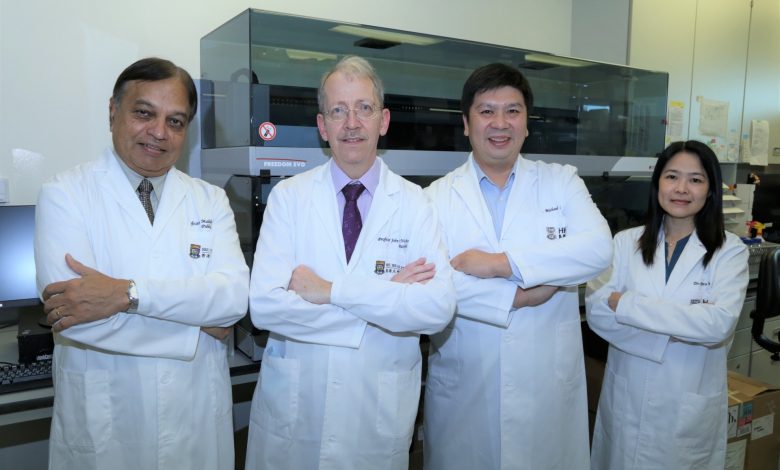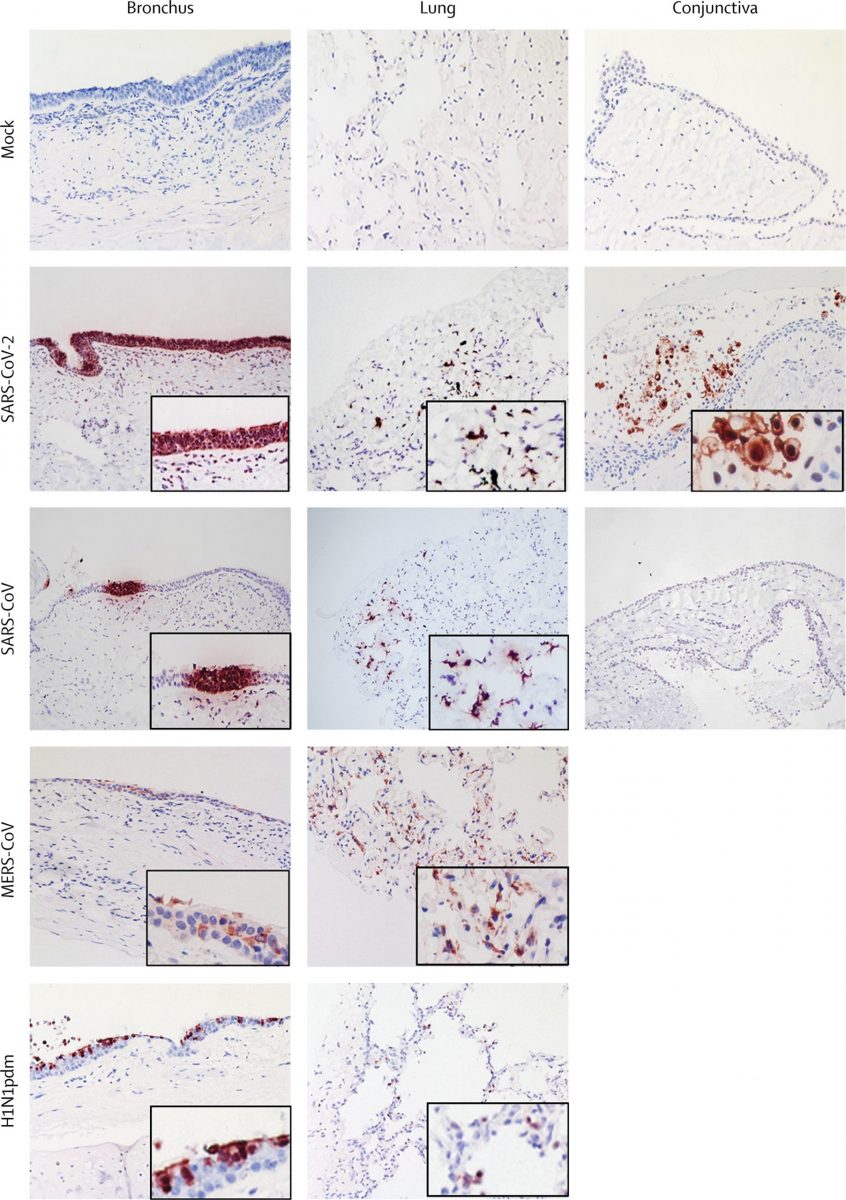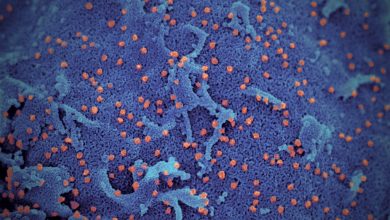Research
[The Lancet Respiratory Medicine] Tropism, replication competence, and innate immune responses of the coronavirus SARS-CoV-2 in human respiratory tract and conjunctiva: an analysis in ex-vivo and in-vitro cultures

The Lancet Respiratory Medicine, 7 May 2020
Kenrie P Y Hui, Man-Chun Cheung, Ranawaka A P M Perera,Ka-Chun Ng, Christine H T Bui, ohn C W Ho,Mandy M T Ng, Denise I T Kuok, Kendrick C Shih,Sai-Wah Tsao, Leo L M Poon, Malik Peiris, John M Nicholls, Michael C W Chan

Highlights:
- SARS-CoV-2 infected ciliated, mucus-secreting, and club cells of bronchial epithelium, type 1 pneumocytes in the lung, and the conjunctival mucosa.
- In the bronchus, SARS-CoV-2 replication competence was similar to MERS-CoV, and higher than SARS-CoV, but lower than H1N1pdm.
- In the lung, SARS-CoV-2 replication was similar to SARS-CoV and H1N1pdm, but was lower than MERS-CoV. In conjunctiva (眼結膜), SARS-CoV-2 replication was greater than SARS-CoV.
- The conjunctival epithelium and conducting airways appear to be potential portals of infection for SARS-CoV-2. Both SARS-CoV and SARS-CoV-2 replicated similarly in the alveolar epithelium; SARS-CoV-2 replicated more extensively in the bronchus than SARS-CoV.
- Findings support the notion that SARS-CoV-2 can transmit between humans via droplets being deposited in the airways or eyes and via fomite transmission when infectious virus is introduced to the eyes via contaminated hands.
Read full text
Related media coverage:


![Photo of [Nature Microbiology] Metallodrug ranitidine bismuth citrate suppresses SARS-CoV-2 replication and relieves virus-associated pneumonia in Syrian hamsters](https://fightcovid19.hku.hk/content/uploads/2020/10/Image-2-390x220.jpg)
![Photo of [Cell Reports Medicine] Oral SARS-CoV-2 inoculation establishes subclinical respiratory infection with virus shedding in golden Syrian hamsters](https://fightcovid19.hku.hk/content/uploads/2020/10/fx1_lrg-e1601870075235-390x220.jpg)